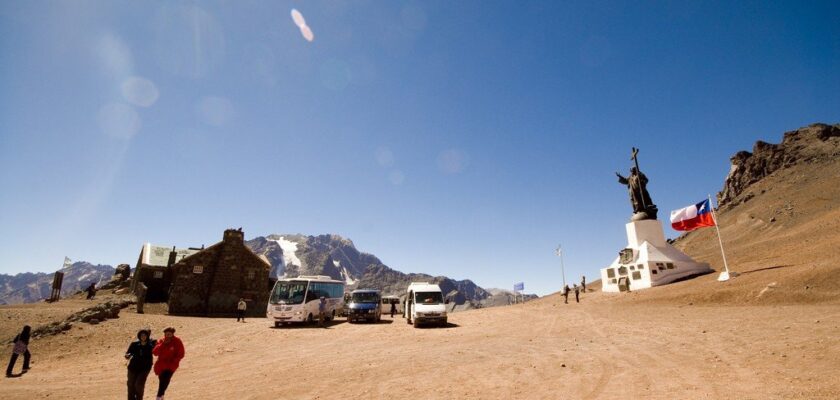Monument to Christ the Redeemer of the Andes
The attraction is related to the countries:ArgentinaArgentina , ChileChrist of the Andes is a majestic statue that has become a symbol of peace. A large number of tourists tend to visit this monument, despite the fact that it is located in a desert area.
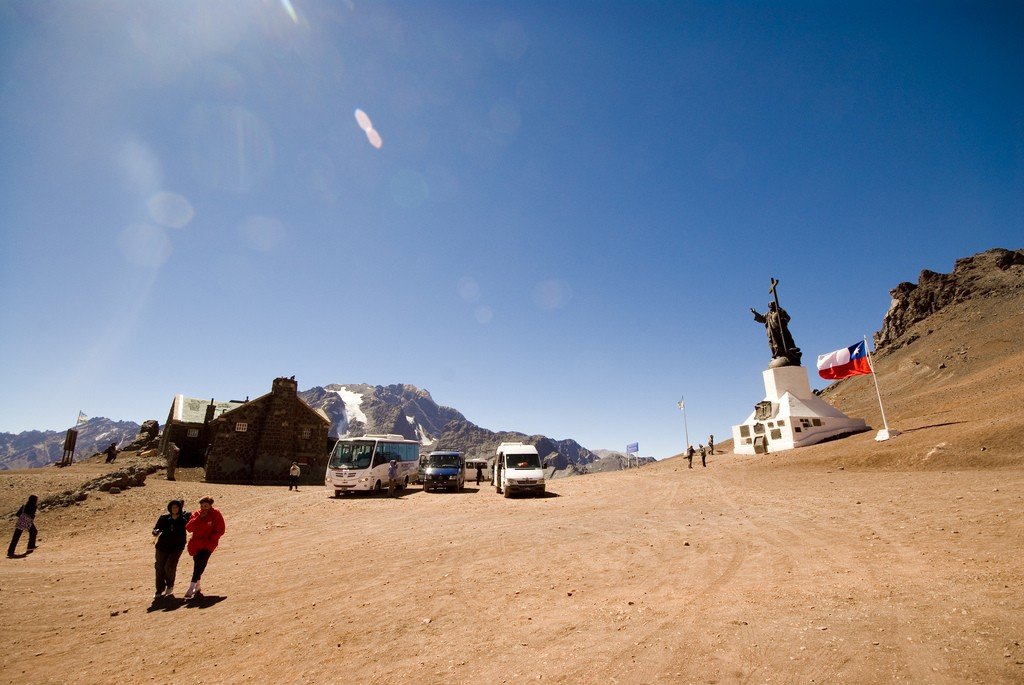
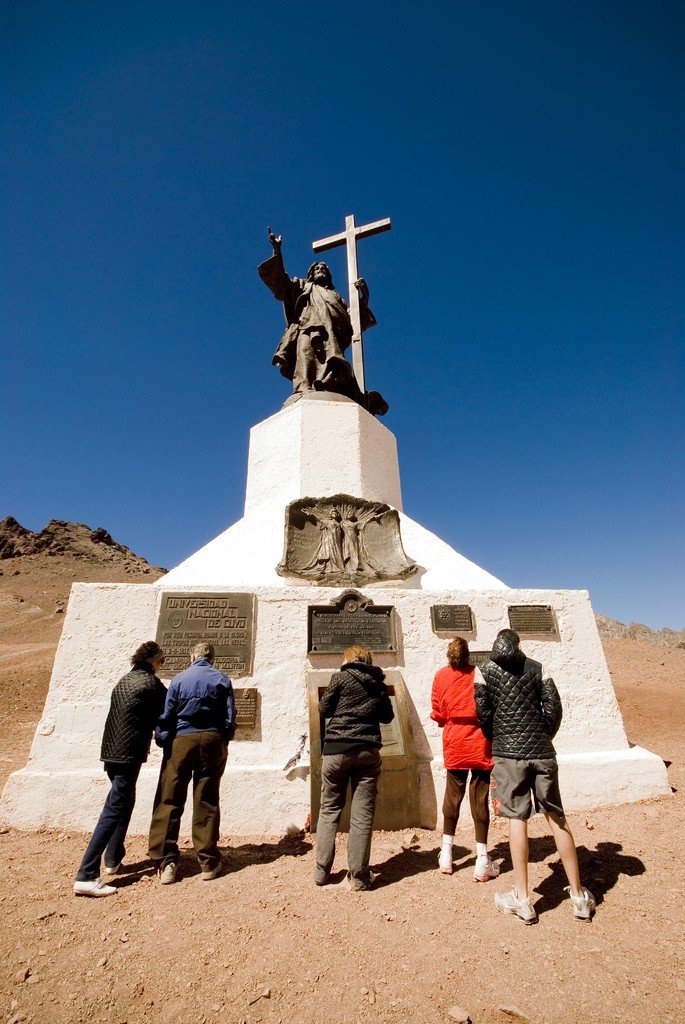
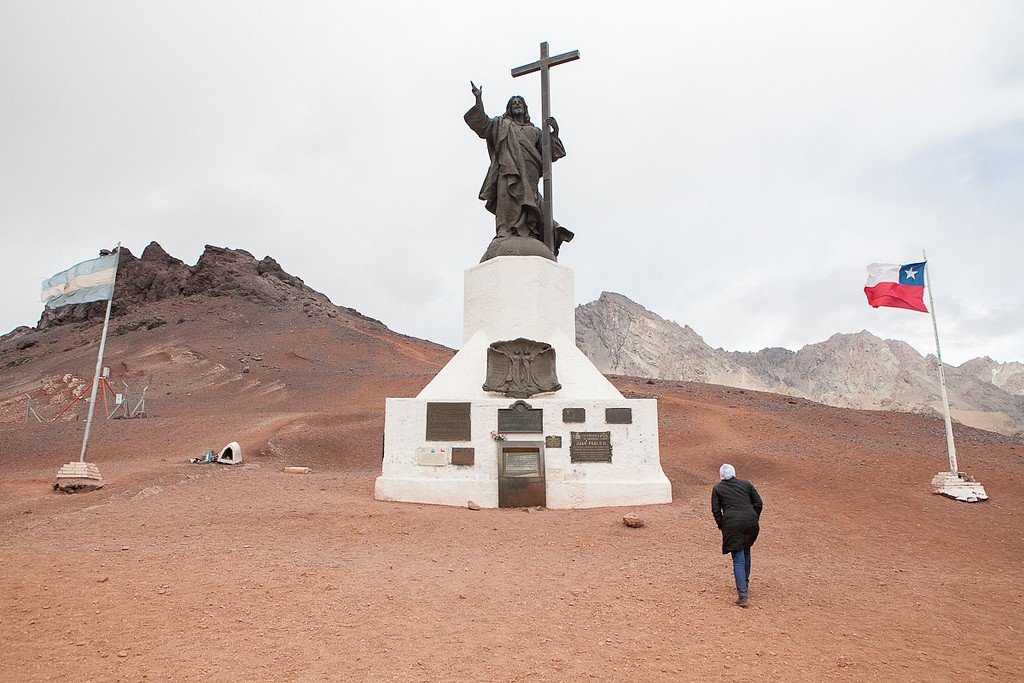
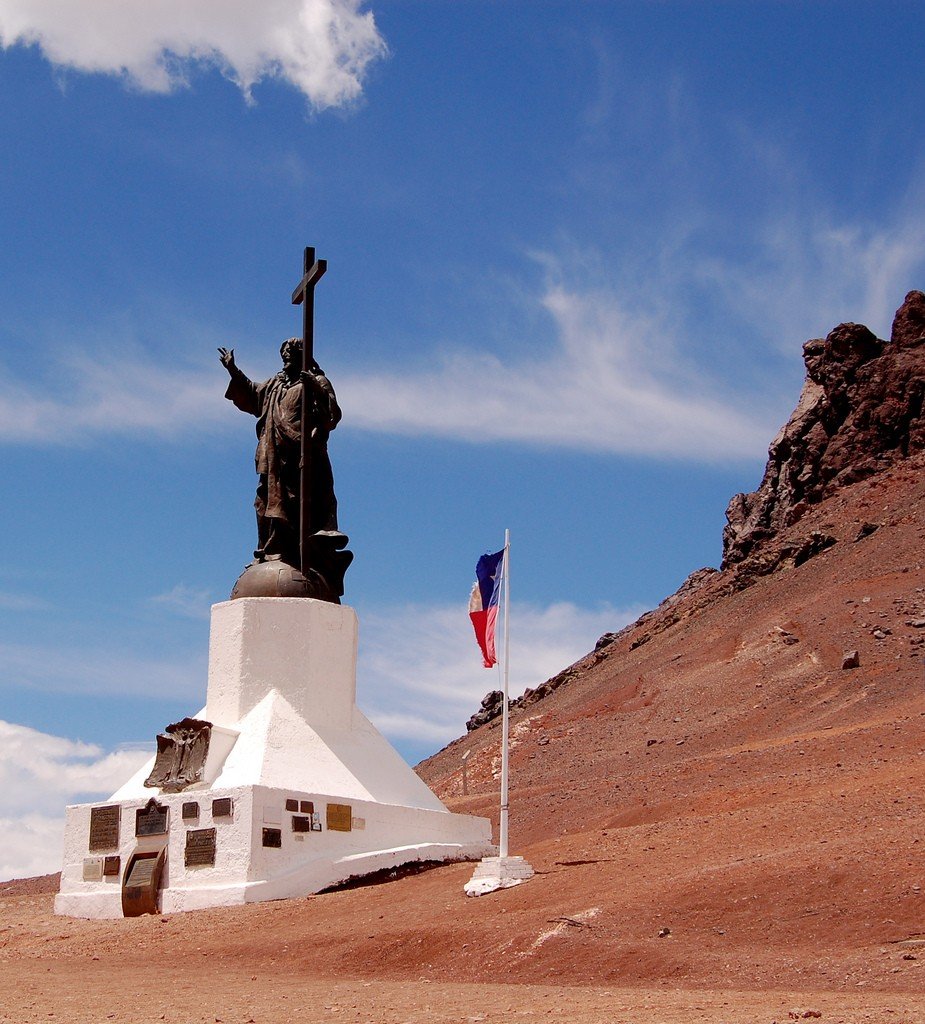
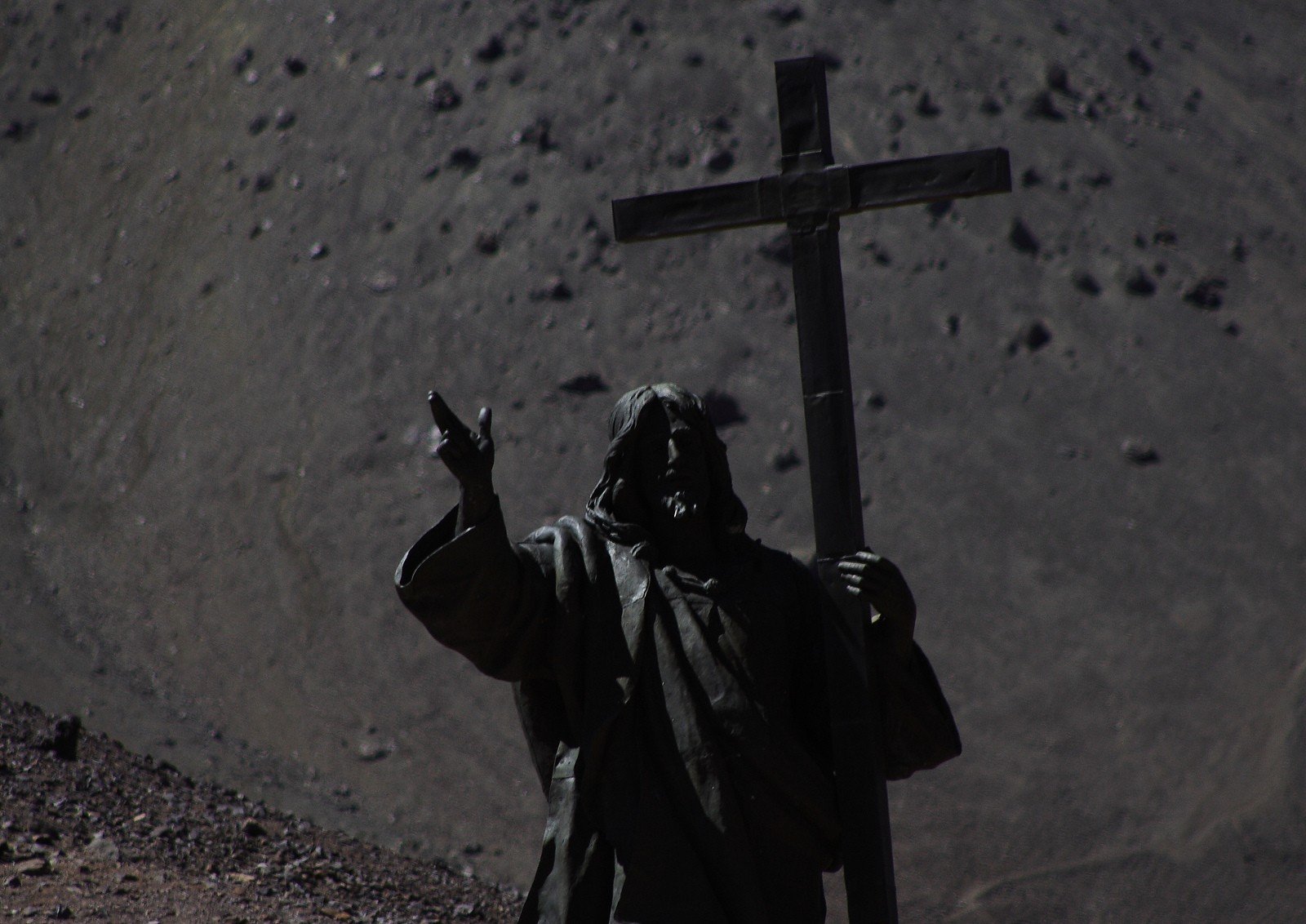
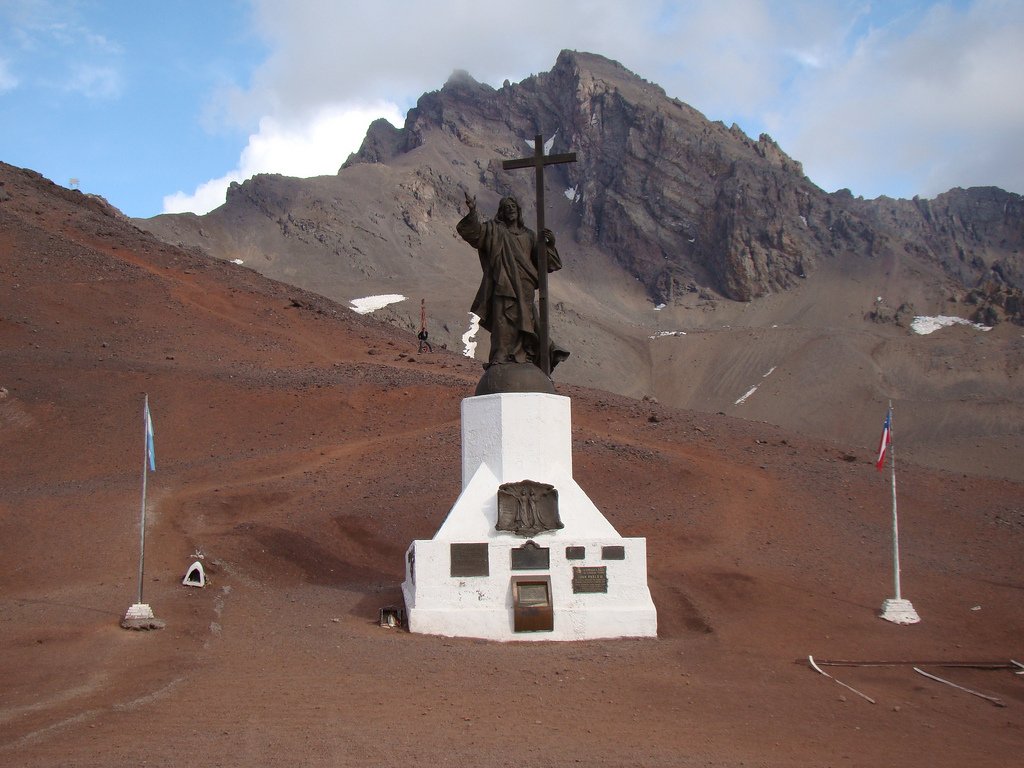
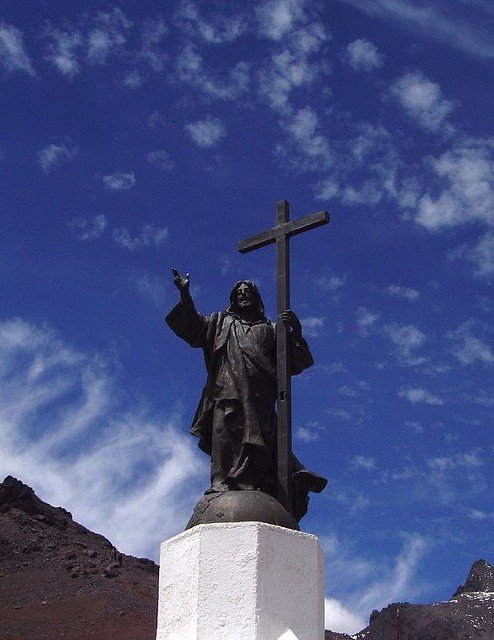
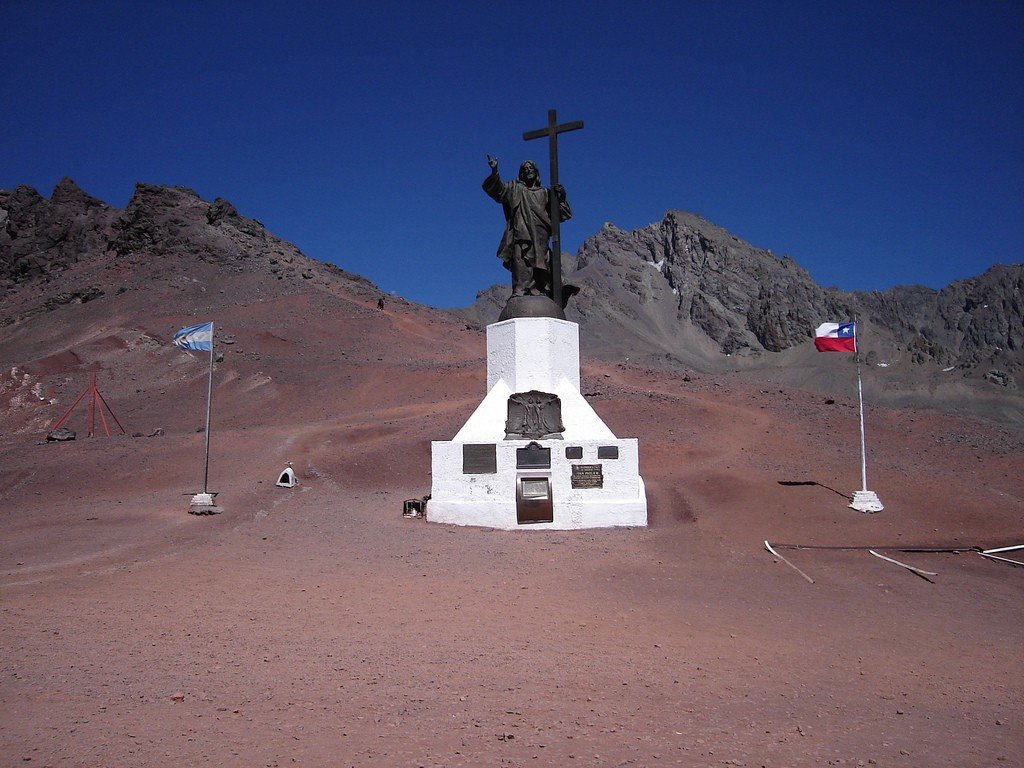
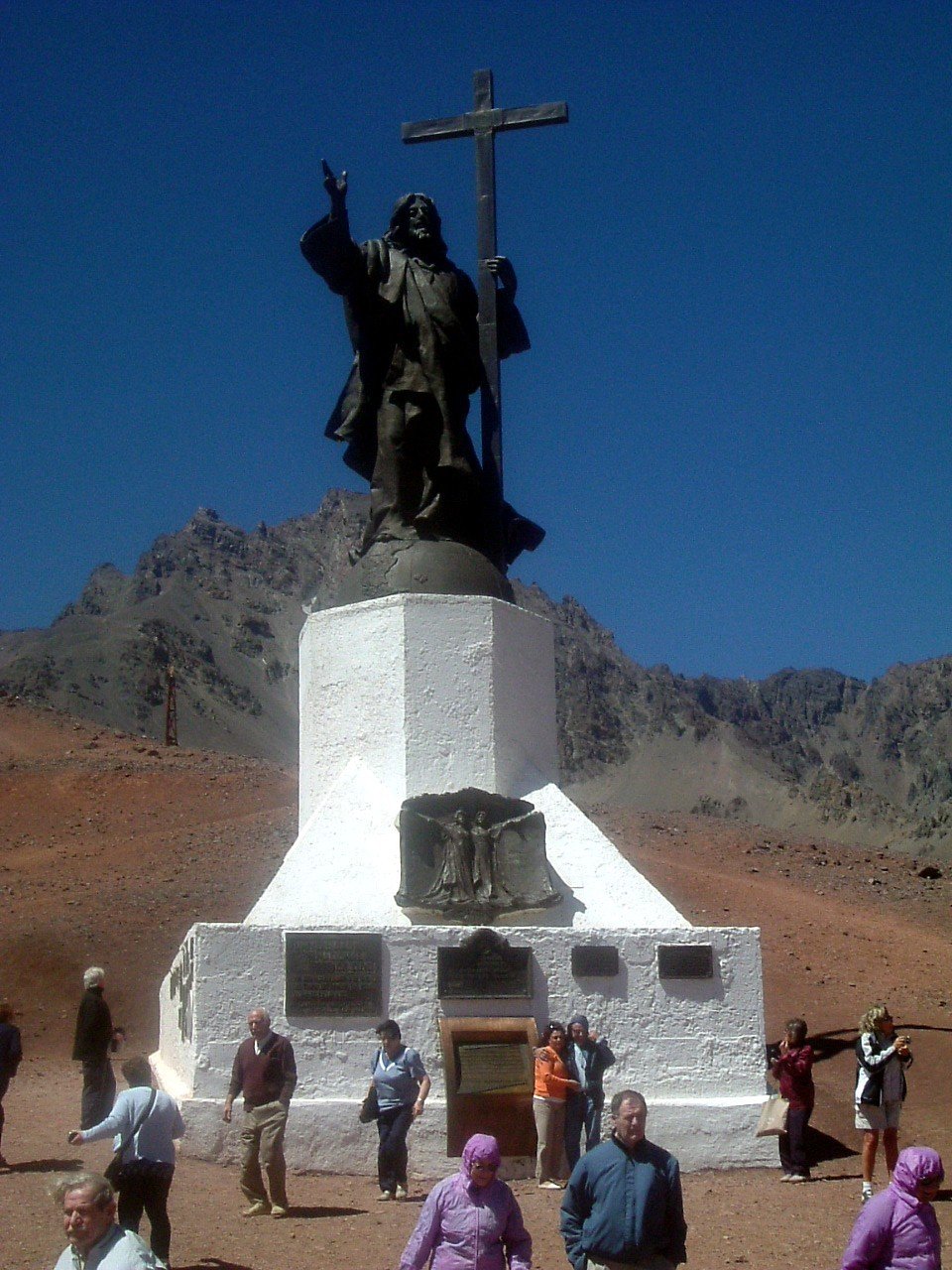
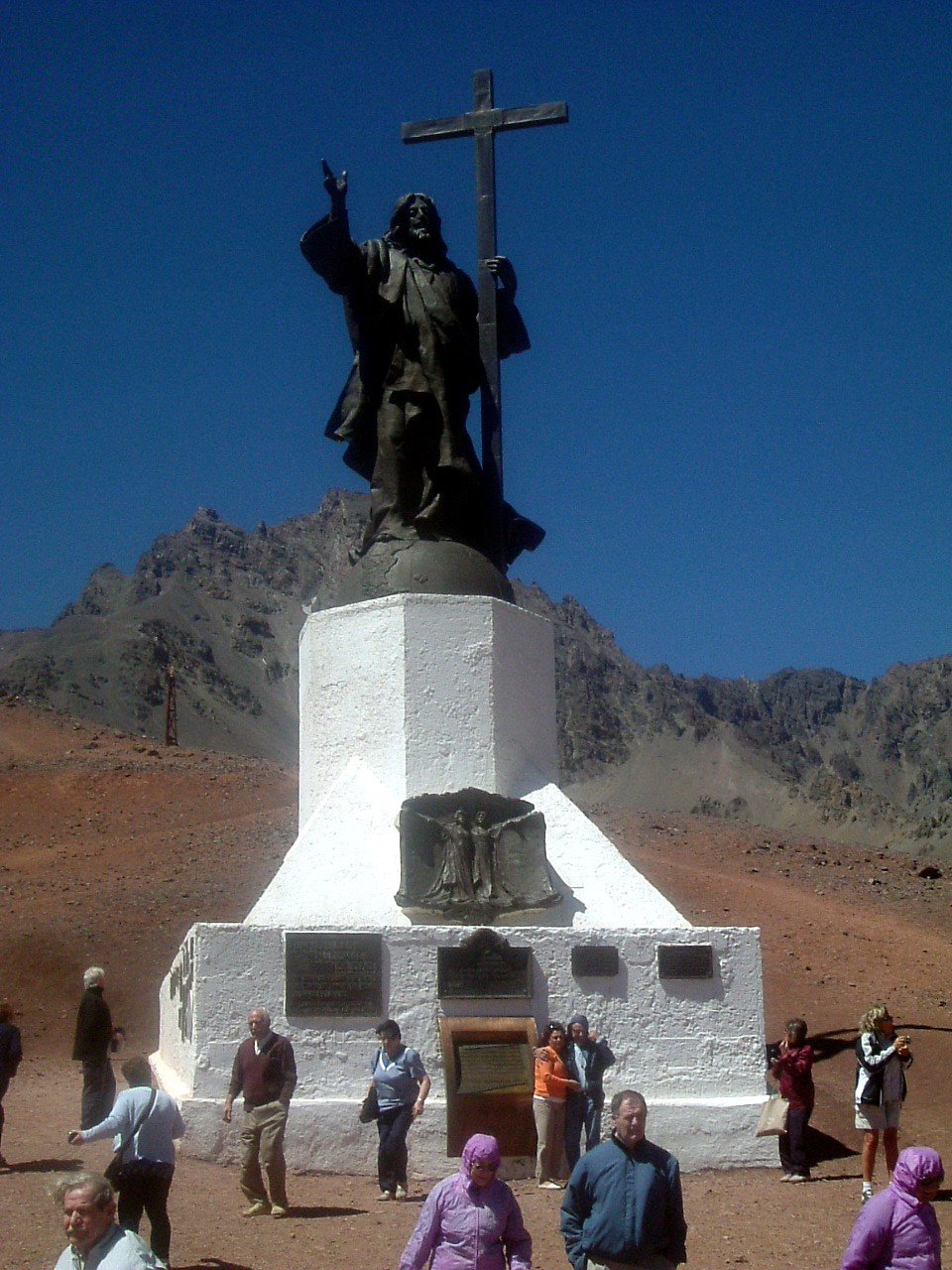
Highlights
The Christ of the Andes was erected on March 13, 1904, at the Bermejo Pass in the Andes – on the border line between Argentina and Chile.
.The Christ the Redeemer Monument is a structure consisting of a six-meter high granite pedestal and a seven-meter high statue of Christ. The Redeemer holds a cross in one hand, with the other he gives a blessing to the two nations. Christ gazes along the border between the nations as if observing the terms of the Peace Agreement.
.
Several commemorative plaques have been unveiled nearby, telling people about the need to live in peace and kindness.
.History
The history of the monument, erected in the Andes at an altitude of 3854 meters above sea level, began in the late 19th century during a period of violent confrontation between two countries of the American continent. The leaders of Argentina and Chile for a long time could not decide on the boundaries of the border and decided to solve the issue through armed conflict.
> The monument has been a problem of concern for a long time.
This problem worried many people, the authorities of the two warring countries were urged to peace by Pope Leo XIII and numerous peacemakers. The bishop of the Cuyo region, Marcelino del Carmen Benavente, proposed the creation of a statue of Christ the Redeemer to symbolize peace and prosperity. The proposal of the minister of religion was accepted.
The statue was created by sculptor Mateo Alonso, and was placed on display in the patio of the Lacordaire School in Buenos Aires. Later it was decided to erect the statue of Christ the Redeemer on the border of the two countries on the slope of the Andes, a proposal made by the president of the Association of Christian Mothers, Angela de Oliveira César de Costa.
After the 1902 peace agreement between Chile and Argentina (Pact of May), it was decided to place the statue in the province of Mendoza, on the path where in 1817 General San Martin walked with the liberation army.
The statue was placed in the province of Mendoza.At the end of the twentieth century, the seismic activity of the Andes and unfavorable climatic conditions caused significant damage to the remarkable monument, after which it lost its stability. Considerable funds were allocated to restore the monument, as well as the two meteorological stations that are located near the monument.
.
On March 13, 2004, Argentine President Nestor Kirchner and his Chilean counterpart Ricardo Lagos met near the monument to celebrate the centennial of its discovery.
.Angela de Oliveira César de Costa created the Association for Peace in South America after the monument’s installation. She also wrote the book The Andean Christ, became a candidate for the Nobel Peace Prize, and when World War I broke out, collected signatures to ask the U.S. president for a cease fire. She died at the age of 83 in Buenos Aires, and her grave is in the Olivos neighborhood cemetery.
.The Andean Christ – a monument in the mountains, as a hundred years ago attracts tourists and travelers to give blessings for a peaceful life of people who know how to find compromise and understanding among themselves.
.